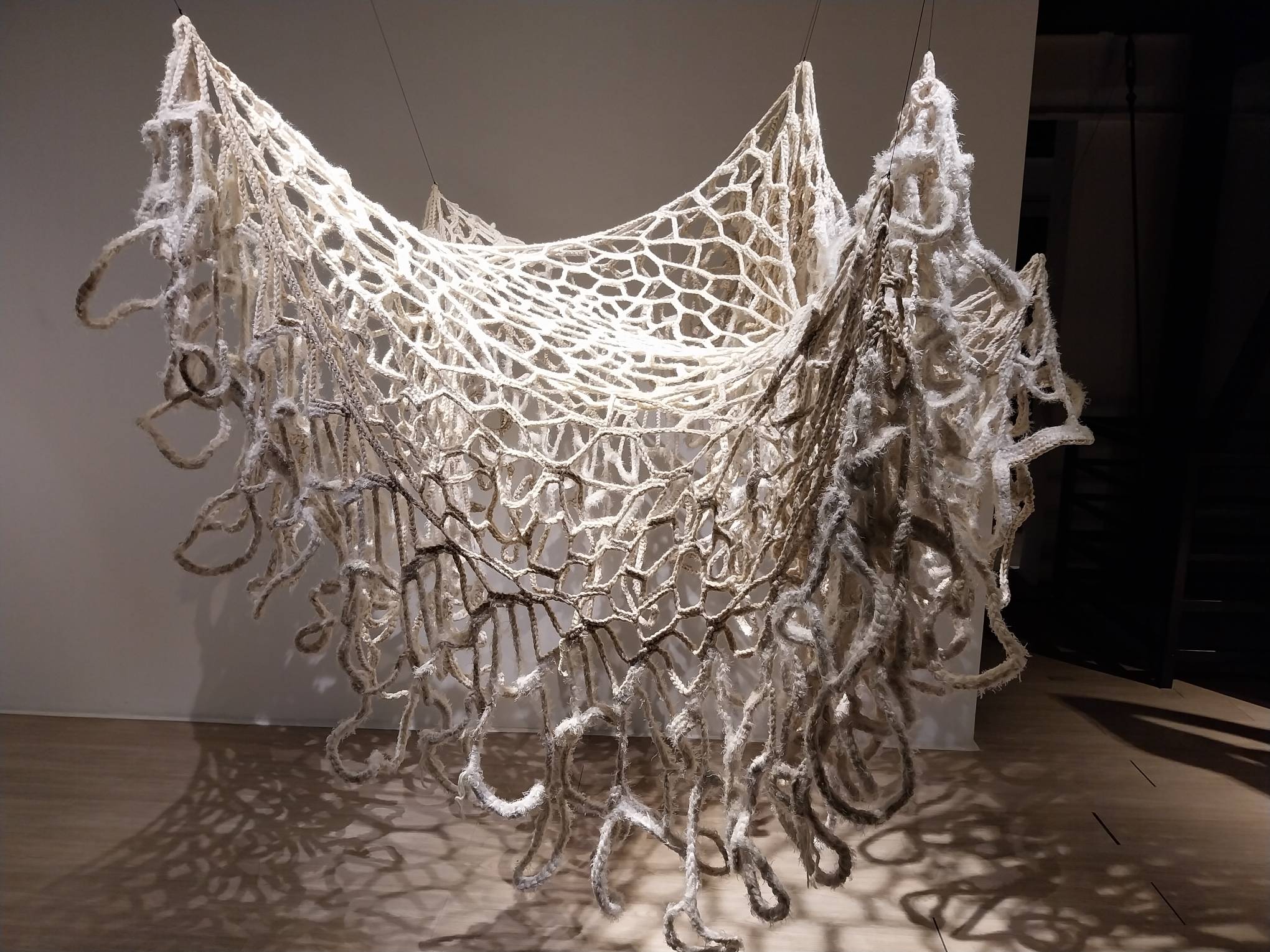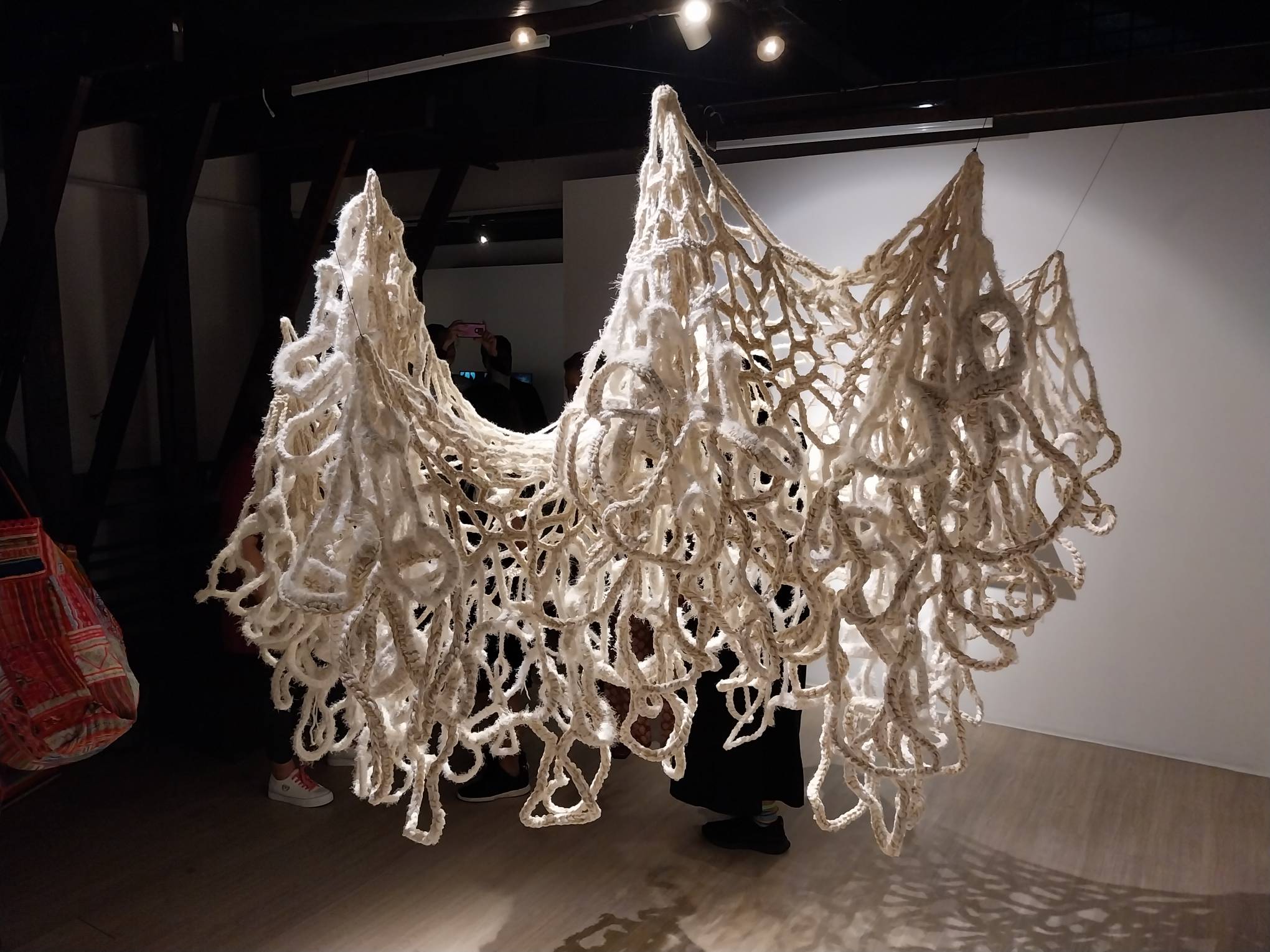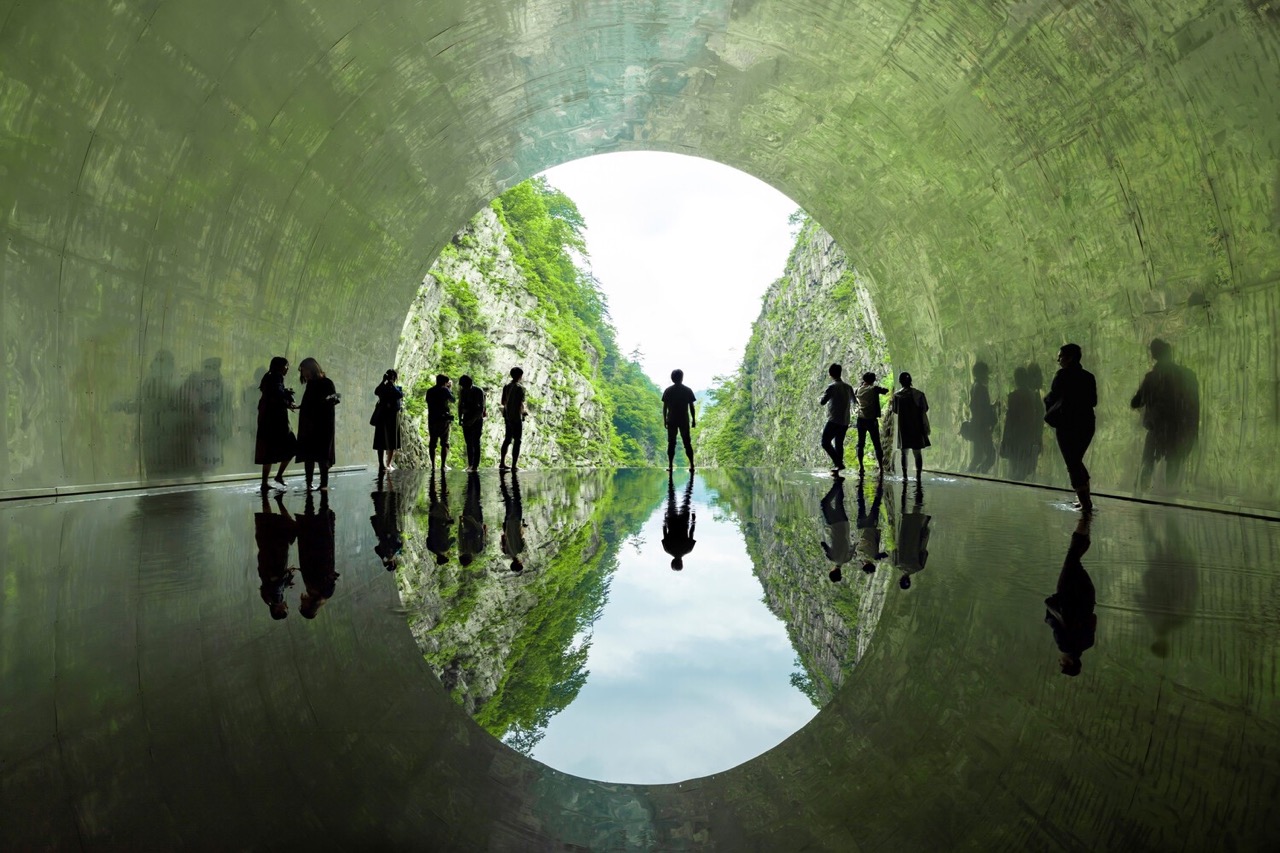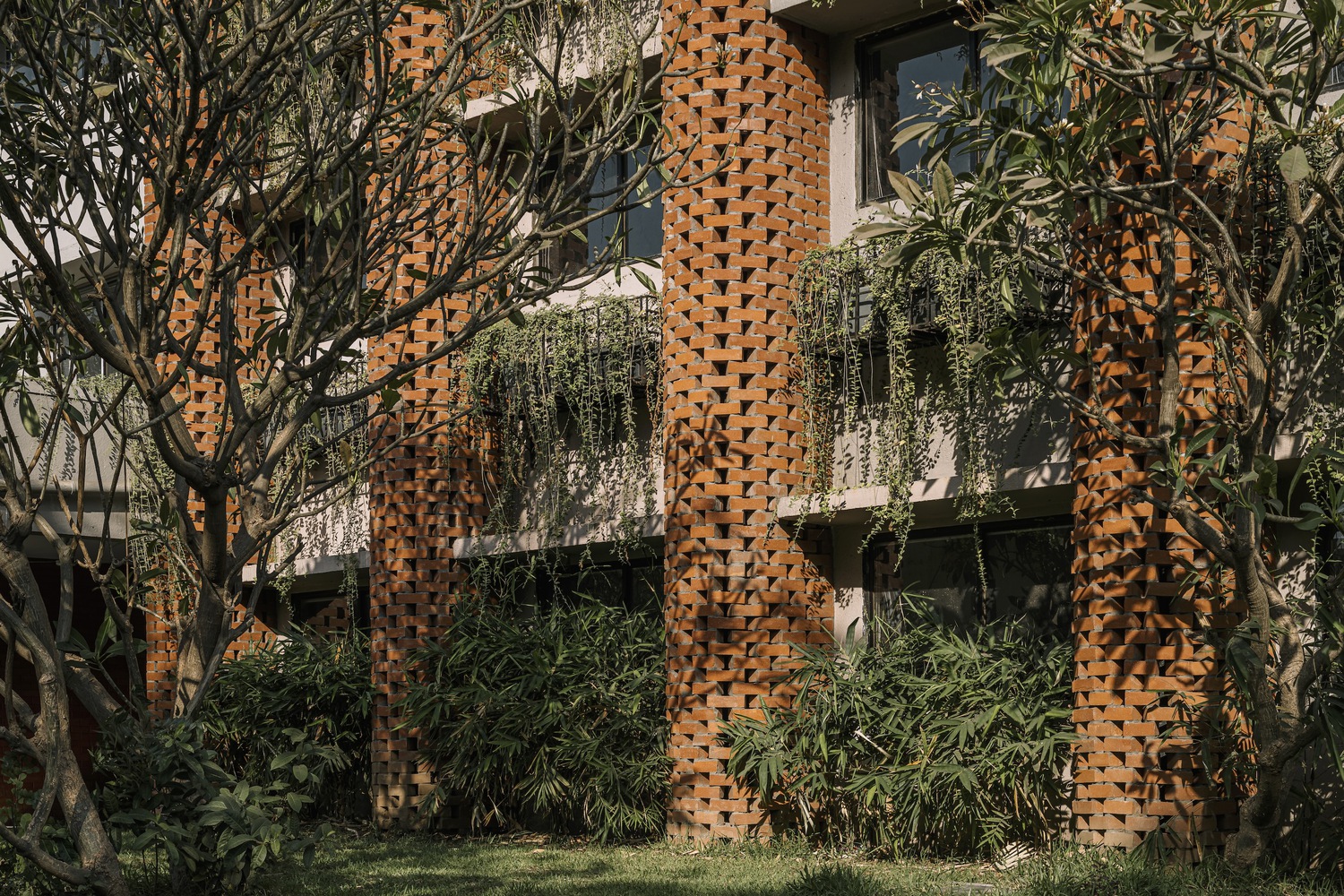There is no excerpt because this is a protected post.

‘Transformation’: I Ching and Responding to the Intricacy of the World
Transformation, the new exhibit by Aze Ong, showcases her creative fiber-crochet art design and how it relates to the philosophy of I Ching. Currently showing in Gravity Art Space till April 27, the new exhibit ruminates on change—the transformative aspects of experience and life.
The exhibit also functions as a tribute to Ryan “Rem” Tanauan, a friend and mentor of Ong. It features his poetry prominently; his words scribbled on the side of a wall with a pencil. The way Ong integrates the poetry is reminiscent of that famous Simon & Garfunkel lyric, “the words of the prophets are written on the subway walls and tenement halls.”

I Ching / Yijing
The exhibit feels very bare compared to the other surrounding exhibits. This feels like an intentional choice. Ong’s work in this exhibit is explicitly inspired by the ancient Chinese philosophy of I Ching, which roughly translates to “the Book of Changes.”
According to Francisco Lee’s write up on the exhibit, poet Rem Tanauan mentored people on the ways of the Tao. I Ching and Taoism, in how they are studied today, closely interlink in their lessons. Among the people he mentored is Ong. Some of his teachings of change and transformation show up on Transformation.

The idea of I Ching today focuses on self-cultivation, allowing one’s self to transform and change as a way of complimenting the Universe. Lee noted that the Chinese characters of I Ching includes a symbol that could be translated as “to experience,” but could also be seen as “to weave.”
Thus, Ong’s project weaves the idea of change and the push and pull between the self and the Universe, adjusting ourselves to the changes that the world today has.
The Two Wells
The exhibit has two giant fabric art pieces hanging from the ceiling in the room. The first piece is multicolored and filled with vibrant hues. The other one utilizes a stark white fabric, with a shape like a spider-web.

On one side of the room is a tablet on the wall playing the poetry of Tanauan. The poem’s words were scrawled into the side with the pencil. The other side contains books laid out about the study of I Ching.
The multicolored fiber-crocheted work “Becoming the Well,” for example, builds on an old work of Ong’s called “Becoming.” The ladle-shaped fabric hangs from the ceiling, one part of it looking like a slide as it comes down to a core of circular fabric of varying colors.

Its design focuses more on the idea of flow, especially with its shape. Its connection with I Ching comes from that flow, which starts from the heavens and simmers down into the Earth. It flows down on one side before being captured into the bottom, where a solid base of green-blue fabric (akin to seawater) creates an end to the work, like a period at the end of a sentence.
Lee wrote that Tanauan inspired Ong for this work, being her “source of inspiration.”
“It nourishes with drink, it cleanses our earthly bodies, all without judgment. It is a reminder to help without conditions or assumptions. A tall order it may be, but Ong is not alone, and never will be. [Tanauan] is the giving well,” Lee wrote.
Harmony and Balance
The second crocheted work, “Diving Well,” has no color at all. Arranged to float on top seemingly-equally, it’s reminiscent of a cloud or a spider-web, especially with its twisty arrangement.
The design of the work is chaotic, due to the many tangles and knots and holes in the work as well as its seemingly-haphazard way of exhibition: while the first work hangs with distinct purpose, this one just hangs, like a fishing net after a long expedition. This evokes chaos intentionally, as Ong’s message for it appears to be embracing what happens to our lives instead of imposing our expectations on it.
Many of the museum-goers seem to enjoy its more chaotic design. They went under or inside the work and took pictures as if they’re trapped inside it.
Yin and Yang in I Ching
Lee wrote that the two pieces are companions—the yin and the yang of each other—due to how they comment about changes in our lives in general. “Even if the creation of the works reaches a decided readiness, it is never done, as they have an inherent multitude of ways to be installed, viewed, and appreciated. Every space has its own nature, and to follow its way is to continually transform.”
Transformation is Ong’s touching tribute to Tanauan, but it’s also a work that reminds us of the ever-evolving nature of life itself. As much as we want to impose our own wants and desires with our lives, sometimes the best and easiest way to live is to allow yourself to change, again and again, without shame to meet the needs of the moment.
Related reading: Living In Parallel: A Private Sanctuary in Tanauan, Batangas










